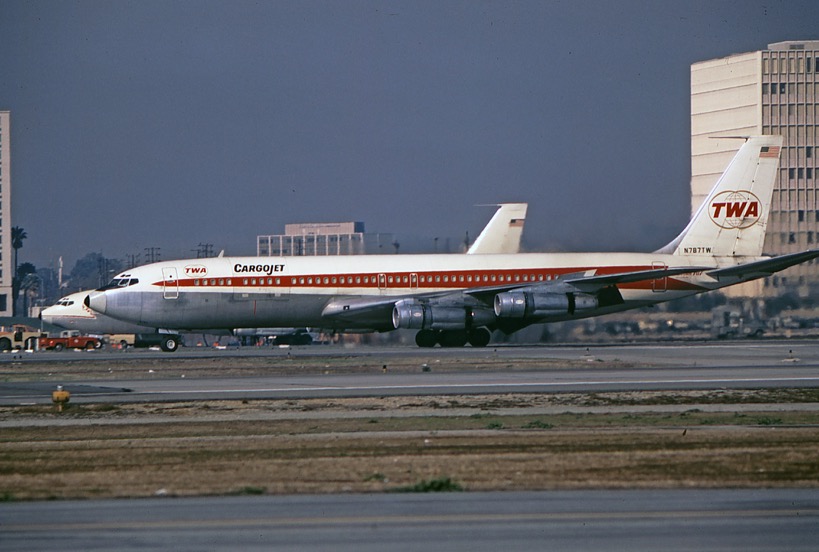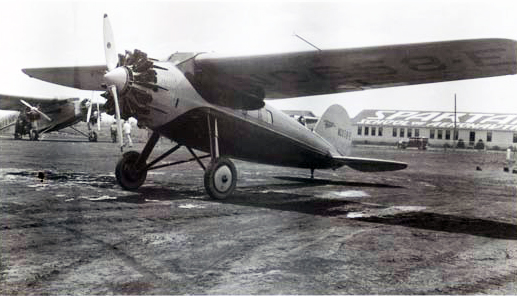Crash of a Piper PA-31-325 Navajo C/R in Atlantic City: 3 killed
Date & Time:
Feb 19, 1988 at 2202 LT
Registration:
N27400
Survivors:
No
Schedule:
Norwood - Atlantic City
MSN:
31-7712093
YOM:
1977
Crew on board:
2
Crew fatalities:
Pax on board:
1
Pax fatalities:
Other fatalities:
Total fatalities:
3
Captain / Total hours on type:
135.00
Aircraft flight hours:
2909
Circumstances:
The aircraft disappeared from radar at approximately 1 mile final on a night ILS runway 13 approach. Radar data indicated that the aircraft completed almost 180° of turn prior to disappearing. The aircraft crashed in a heavily wooded area. No evidence of a preexisting failure on the engines or airframe was found. When the flying history of the pilot was examined, the hours presented on his resume exceeded his log book and his log book hours could not be totally verified. The copilot did not have an instrument rating. The pilot that preceded the accident aircraft on the approach said he experienced moderate turbulence, windshear and that the approach lights were very distracting. The pilot had received a weather briefing which included wind shear and moderate turbulence. All three occupants were killed.
Probable cause:
Occurrence #1: loss of control - in flight
Phase of operation: approach - faf/outer marker to threshold (ifr)
Findings
1. (f) weather condition - fog
2. (f) weather condition - windshear
3. (f) weather condition - turbulence
4. (c) compensation for wind conditions - inadequate - pilot in command
5. (c) ifr procedure - improper - pilot in command
6. (f) spatial disorientation - pilot in command
7. (f) lack of total instrument time - copilot/second pilot
8. (f) inadequate surveillance of operation - company/operator mgmt
----------
Occurrence #2: in flight collision with terrain/water
Phase of operation: descent - uncontrolled
Findings
9. Object - tree(s)
Phase of operation: approach - faf/outer marker to threshold (ifr)
Findings
1. (f) weather condition - fog
2. (f) weather condition - windshear
3. (f) weather condition - turbulence
4. (c) compensation for wind conditions - inadequate - pilot in command
5. (c) ifr procedure - improper - pilot in command
6. (f) spatial disorientation - pilot in command
7. (f) lack of total instrument time - copilot/second pilot
8. (f) inadequate surveillance of operation - company/operator mgmt
----------
Occurrence #2: in flight collision with terrain/water
Phase of operation: descent - uncontrolled
Findings
9. Object - tree(s)
Final Report:





